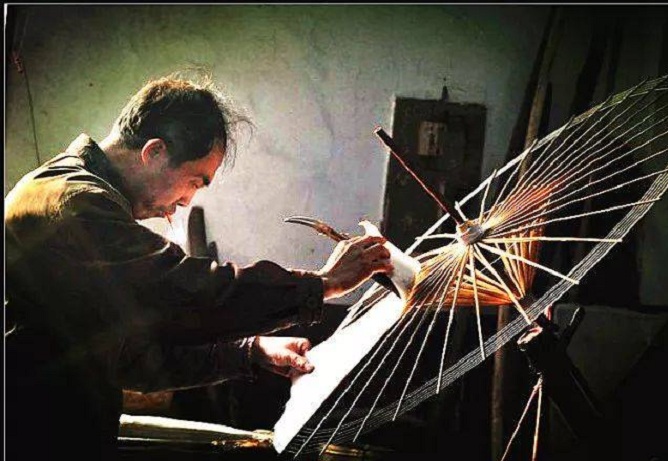·非遗百问·
58.中国水密隔舱福船制造技艺什么时候被列入联合国教科文组织《急需保护的非物质文化遗产名录》?其内涵价值是什么?
答:2010年,中国水密隔舱福船制造技艺被列入联合国教科文组织《急需保护的非物质文化遗产名录》。
水密隔舱即船舱中以横隔板分隔,彼此独立且不透水的舱区。古代泉州素以发达的造船业著称,据清代嘉庆(1796—1820)时的《西山杂志》记载,唐天宝(742—756)年间,泉州地区所造海船已有“十五格”,即船上分出 15个隔舱。出土文物证明,最迟在宋代,泉州所造海船已采用成熟的水密隔舱结构。传统的水密隔舱木帆船建造技术在目前的泉州晋江市深沪镇仍有存留,当地正按传统模式设计木帆船。所造帆船从船型设计、选料、建造工艺、外观涂装到建造过程中的种种仪式都遵循固有传统。其建造工艺是,用 14道隔舱板将船分为 15个舱,隔舱板下方靠近龙骨处有两个过水眼,每个隔舱板与板间的缝隙用桐油灰加麻绳捻密,以确保各舱之间相互隔绝。宁德市蕉城区漳湾镇岐后村的造船技艺,系明代洪武(1368—1398)年间由闽南传入,其后世代传承,直到今天。民国时期,漳湾多制造 200~ 300吨位的“三桅透”木帆船。中华人民共和国成立后,漳湾船厂承制为数众多的捕捞船与运输船,其中很多是 60吨位以上的水密隔舱结构木帆船。水密隔舱的主要作用在于提高船舶航行的安全性、便利货物的装载、增加船体的强度与刚性。水密隔舱技术早在 13世纪末就由马可·波罗介绍到西方,自此,这项技术逐渐被世界各国的造船界所普遍采用,对人类航海史的发展产生了重要影响。
Q58.When was Watertight-bulkhead Technology of Chinese Junks Inscribed on the List of Intangible Cultural Heritage in Need of Urgent Safeguarding? What is the intrinsic value?
Answer: Watertight-bulkhead Technology of Chinese Junks Inscribed on the List of Intangible Cultural Heritage in Need of Urgent Safeguarding in 2010.
Watertight-bulkhead is a technology to separate the vessel compartments using bulkheads, making the separate compartments watertight and sound. In ancient times, Quanzhou was renowned for its prosperous vessel-building industry, a record in the Qing Dynasty shows that the ocean-going vessel built in Quanzhou during Tang Dynasty already had fifteen compartments. Relics excavated have evidenced that as late as the Song Dynasty, the ocean-going vessels built in Quanzhou had adopted mature watertight-bulkhead structure. The traditional wooden vessel building technology with watertight-bulkhead structure is still preserved in Shenhu Township, Jinjiang, Quanzhou. Here, the vessels are built subject to traditional procedures ranging from model design, material selection, building craftsmanship to coloring and various ceremonies along the whole process. The vessel is separated into 15 compartments by 14 bulkheads, the bottom of which is designed with two water holes, and the seams between the planks are caulked with ramie, lime and tung oil. The watertight-bulkhead structure helps to enhance the safety of vessel navigation, make it convenient to load goods and improve the vessel’s strength and rigidity. The watertight-bulkhead technology was introduced to the west world by Marco Polo as early as late 13th Century AD, and it was gradually adopted by vessel builders around the world ever since, bringing significant influence to the human history of marine navigation.

油纸伞制作技艺(福州)
(图片来源于网络,如有侵权请联系删除)


